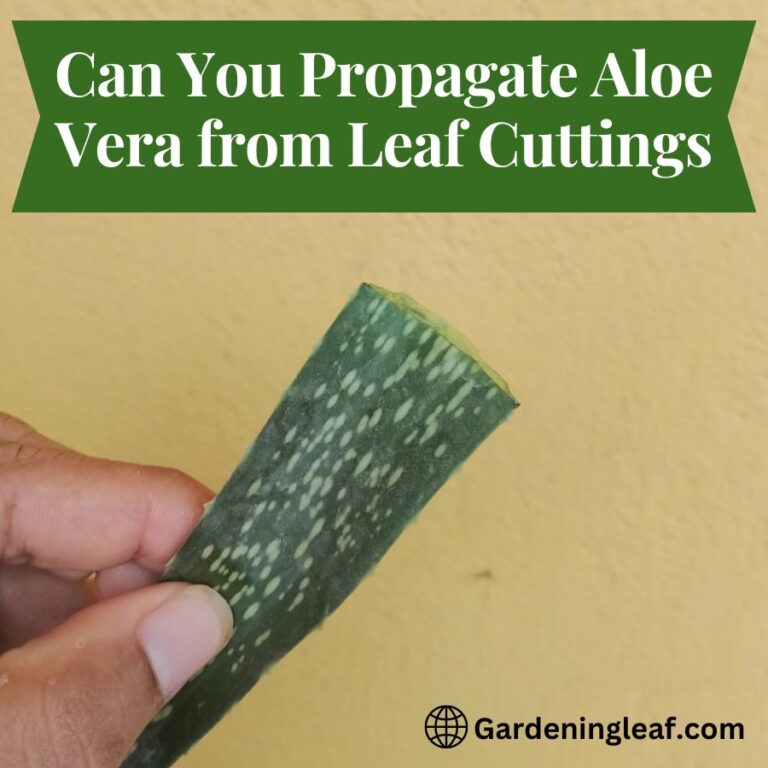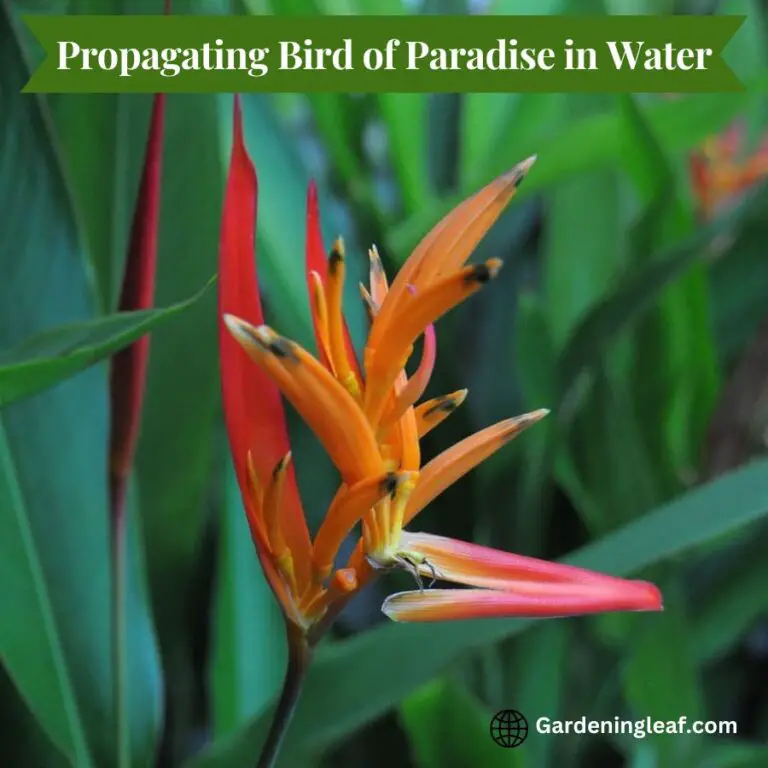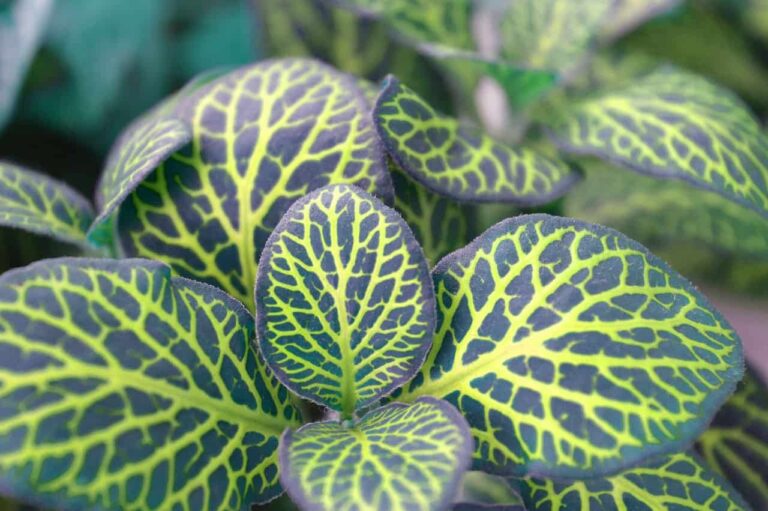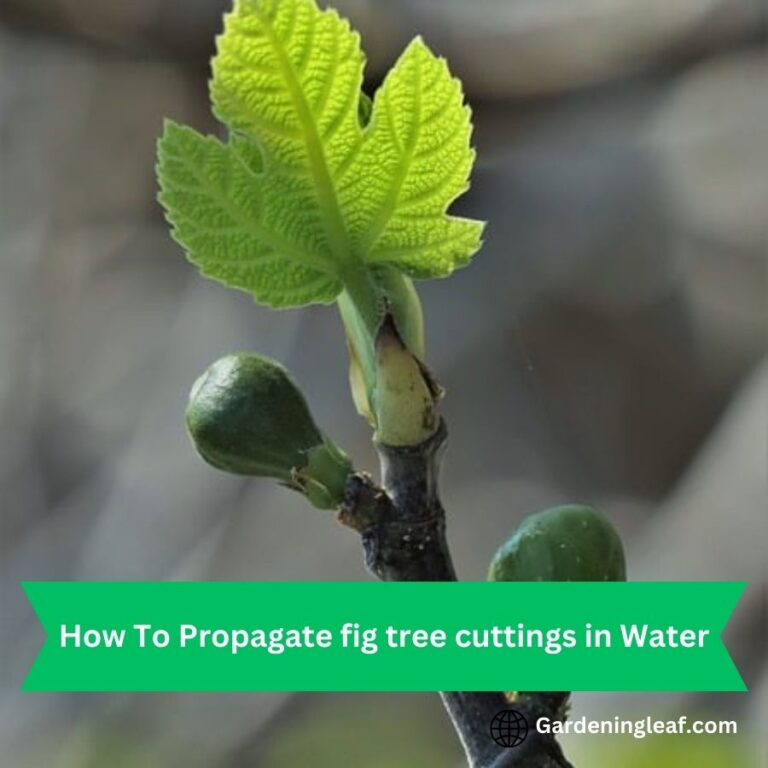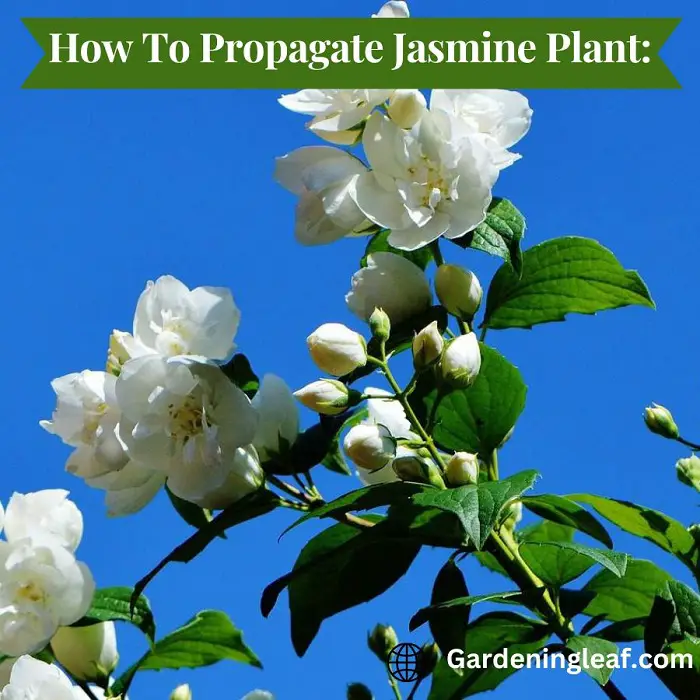Unlock the Secrets of Success: The Art of Propagating the Prayer Plant!
The prayer plant, known for its vibrant foliage and eye-catching patterns, is a beloved choice among houseplant enthusiasts. Propagate helps to increase your collection or share its beauty. We will discuss how to propogate prayer plants and multiply your beloved collections.
Understanding the Prayer Plant: Origins and Characteristics
The Prayer Plant is native to the tropical regions of Brazil. Its name comes from the unique behavior its leaves display, folding together in the evening as if in prayer. This characteristic makes it a fascinating addition to any indoor garden.
The Prayer Plant is characterized by its wide, oval-shaped leaves adorned with elaborate green and burgundy patterns. Its vibrant colors and striking leaf shapes. Make it an eye-catching houseplant that adds a touch of nature’s beauty to any room.
How to Propogate Prayer Plant Step-by-Step
One of the most common methods of propagating the Prayer Plant is through stem cuttings.

1. Choose a healthy parent plant: Select a plant with strong stems and vibrant foliage.
2. Prepare your tools: Sharpen sterilized pruning shears or scissors. A clean container filled with water, a suitable growing medium, and some rooting hormone (optional).
3. Select the stems for propagation: Identify a few long and healthy stems on the mother plant. Choosing stems that are not flowering or producing new leaves is best, as these may have a lower chance of successful propagation.
4. Take the cuttings: Make clean cuts below a leaf node on each selected stem using your sterilized pruning shears or scissors. Each cutting should be 4-6 inches long and have at least two sets of leaves.
5. Remove lower leaves: Remove the bottom leaves from each cutting to prioritize root development.
6. Dip in rooting hormone (optional ): Dip each stem’s cut end into the powder or liquid to promote faster root growth.
7. Plant the cuttings: place the cutting into a pot filled with well-drain soil. If using water, cover at least an inch of the stem with it. If using a growing medium like perlite and peat moss, bury the cut end about an inch deep.
8. Provide appropriate conditions: Find a warm and humid spot in your home where the cuttings can receive indirect sunlight. Prayer plants thrive in temperatures between 65-75°F (18-24°C) and 50% or higher humidity levels. Cover the container with a plastic bag or use a propagator to create a mini greenhouse effect. This will help keep moisture and create an ideal atmosphere for root development.
It’s important to check and care for the cuttings during this time. Regularly check them to ensure they remain hydrated.
Avoid direct sunlight during rooting to prevent scorching the delicate cutting leaves. Instead, provide indirect light or use artificial grow lights.
Transferring your new plant to the soil
Once roots have become established, it is time to acclimate your newly propagated plant to its new environment. This can be achieved by transferring it into a larger pot or planting it directly into an outdoor garden. It is important to ensure that the new location provides sufficient light, water, and nutrients for the plant’s growth.
To ensure a successful transition for your new plant, it is beneficial to expose it to sunlight and outdoor conditions gradually. This gradual increase in exposure can help prevent shock.
The Ideal Time for Propagating a Prayer Plant
Choosing the ideal time to propagate a prayer plant is crucial for its success. Spring and summer are the best seasons for active growth. Avoid extreme temperature or humidity fluctuations.
Common mistakes to avoid?
Avoiding common mistakes when propagating a prayer plant is essential for success. Here are a few things to avoid:

1. Overwatering: Pray plants like moist soil, but be careful about overeating. If water sits for too long, it can cause root rot.
2. Using unsuitable soil: Prayer plants require good drainage. It holds moisture without getting soggy. Avoid hard clay or sandy soil that doesn’t hold water.
3. Neglecting humidity levels: Prayer plants need high humidity. Low humidity causes dry, brittle leaves and stunted development. If you want, you can use a humidifier to increase the moisture level.
4. Exposing the plant to direct sunlight: Prayer plants prefer indirect light or dappled shade. Direct sunshine might damage their fragile foliage. Thus, they need soft, filtered light.
5. Not giving enough time for roots to develop: Patience is key when propagating a prayer plant. Transplanting a plant before its roots have developed can stress it and hinder growth. Give the cuttings enough time to develop strong roots before transplanting them into their new containers.
Prayer Plant Care
1. Watering: Prayer plants like damp but not saturated soil. Only water the plant when the soil’s surface is dry to maintain the optimal moisture level. Make sure to allow any excess water to drain out from the container.
2. Light: Indirect or filtered light is ideal for prayer plants.
3. Humidity: Prayer plants love high humidity levels, so creating a humid environment is important.
4. Temperature: Prayer plants thrive in temperatures of 60-80°F (15-27°C).
5. Fertilization: Give well-balanced, water-soluble fertilizer once every month during the growing season. This will supply the essential nutrients required for robust and healthy growth. Avoid over-fertilizing to prevent root or foliage damage.
Conclusion
Following the above information, you can quickly propagate prayer plants and expand your indoor garden with beautiful new plants. Hopefully, the above information about properly propagating a prayer plant is helpful and informative.
Source:- https://www.thespruce.com/grow-maranta-inside-1902647

